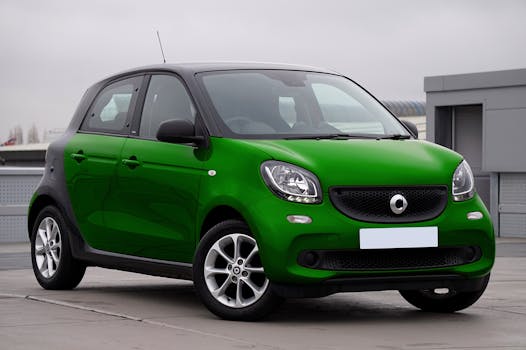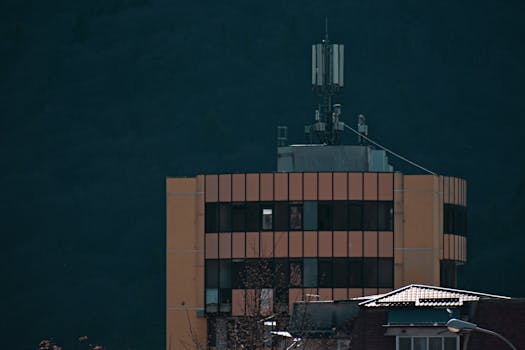
Smart Cities: Urban Trends for 2025
Smart Cities are revolutionizing the way we live, work, and interact with our environment. As we approach 2025, it’s essential to explore the latest urban trends and how technology is transforming our cities. Smart Cities are no longer just a concept, but a reality that’s changing the face of urban planning, transportation, energy management, and citizen engagement.
Introduction to Smart Cities

A smart city is an urban area that uses information and communication technologies (ICT) to enhance the quality of life for its citizens, improve the efficiency of services, and promote sustainable development. The concept of smart cities has been around for decades, but it’s only recently that we’ve seen significant advancements in technology, making it possible to create more efficient, sustainable, and livable cities.
Key Features of Smart Cities

- IoT Sensors: Smart cities use IoT sensors to collect data on various aspects of urban life, such as traffic, energy consumption, waste management, and public safety.
- Data Analytics: The data collected from IoT sensors is analyzed to gain insights into urban trends, identify areas of improvement, and make data-driven decisions.
- Smart Grids: Smart grids are advanced energy management systems that optimize energy distribution, reduce energy waste, and promote the use of renewable energy sources.
- Electric Vehicles: Smart cities encourage the adoption of electric vehicles, which reduce greenhouse gas emissions, improve air quality, and promote sustainable transportation.
- Green Spaces: Smart cities prioritize the creation of green spaces, such as parks, gardens, and green roofs, to mitigate the urban heat island effect, improve air quality, and enhance biodiversity.
Urban Trends for 2025

As we look ahead to 2025, here are some urban trends that will shape the future of smart cities:
- Increased Adoption of Renewable Energy: Smart cities will continue to invest in renewable energy sources, such as solar, wind, and hydro power, to reduce their carbon footprint and dependence on fossil fuels.
- Expansion of Electric Vehicle Charging Infrastructure: Smart cities will prioritize the development of electric vehicle charging infrastructure, including public charging stations, to support the growing demand for electric vehicles.
- Growing Importance of Cybersecurity: As smart cities rely more heavily on ICT, cybersecurity will become a major concern, and cities will need to invest in robust security measures to protect their systems and data.
- Increased Focus on Sustainability and Resilience: Smart cities will prioritize sustainability and resilience, incorporating green infrastructure, such as green roofs, rain gardens, and urban forests, to mitigate the impacts of climate change.
- More Emphasis on Citizen Engagement and Participation: Smart cities will engage citizens in the planning and decision-making process, using digital platforms, such as mobile apps and online portals, to collect feedback, ideas, and suggestions.
Conclusion

Smart cities are the future of urban development, and as we approach 2025, it’s essential to stay informed about the latest trends and technologies. By leveraging ICT, smart cities can improve the quality of life for their citizens, promote sustainable development, and create a better future for generations to come.





